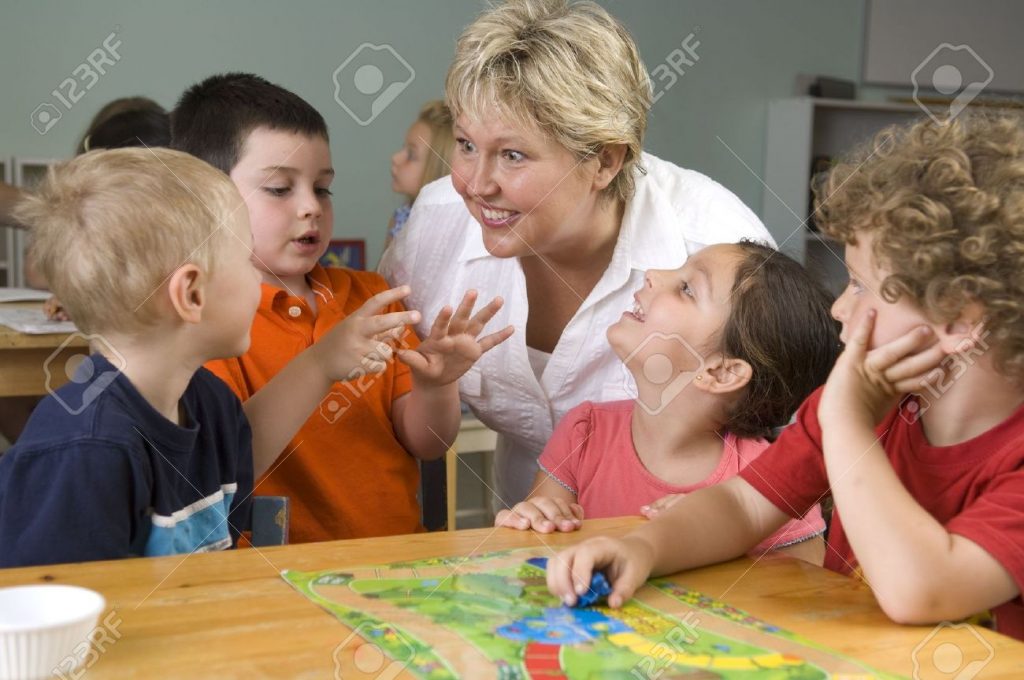Teachers need to consider the age of their students in order to teach them effectively, especially younger children. Use these tips for teaching young learners to best help your students.
Make Connections with Students
Young students need to know that their teacher cares about them. They need to feel a connection to their teacher. Learn about your students and how they learn. Show them that you care enough to get to know them individually.
Create a Positive Learning Environment
Students thrive in a positive learning environment no matter how old they are. Strive to create an environment where students receive peer support. Build their confidence and help them feel self-assured in who they are as students.

Get Students Moving
Young students have a lot of energy. Rather than trying to squash this energy, find positive ways to use it in the classroom. Plan fun, interactive activities. As you do so, students will have an easier time focusing when called to do so.
Change Activities Often
Studies have shown that younger students can only focus for about 10-15 minutes at a time. If you try to plan activities that last longer than this, you’re going to have more classroom management issues. Instead, try to keep activities short and change things up often. For example, have students come to circle time. Then, go back to their desks to complete an assignment. After a short period of time, students can get back up to move. Doing this will help them stay focused on the tasks at hand.
Mix Up Groups
By planning group activities, students get to see how others do things. They can learn a lot from working with their peers. Make sure that you mix up groups on a regular basis. Give students the opportunity to work with different people, so they can learn different ways of doing things.
Discipline Consistently
Classroom management is one of the biggest struggles for teachers who work with young learners. You need to be consistent, but you shouldn’t spend the day interrupting the lesson to address issues. One of the best ways to handle negative behaviors is through hand signals. Let students know what the hand signals mean. When a problem arises, give students the hand signal to address that particular issue without having to stop the lesson.
Create Routines
Young learners need to know what to expect and how to act. That is why you need to implement routines and procedures. When you have procedures in place and students consistently follow them, you’re going to have less classroom management issues. You can spend more time reminding students about the routine and less time disciplining them.

Have Patience
Young learners have a lot of personality fit into a little frame. As such, they need to wiggle and move. They want to share what’s on their mind and spend time with their friends. Learn about what to expect for the developmental stage of children at this age. Then, have patience with your students as they learn the procedures, routines, and rules of your classroom.
It’s not always easy, but with experience and these tips for teaching young learners, you’ll discover what works for you. Then, you can effectively teach your students and help them excel.
Briefsource: Magoosh
Tham khảo các khóa học tại đây.
Bài viết liên quan







